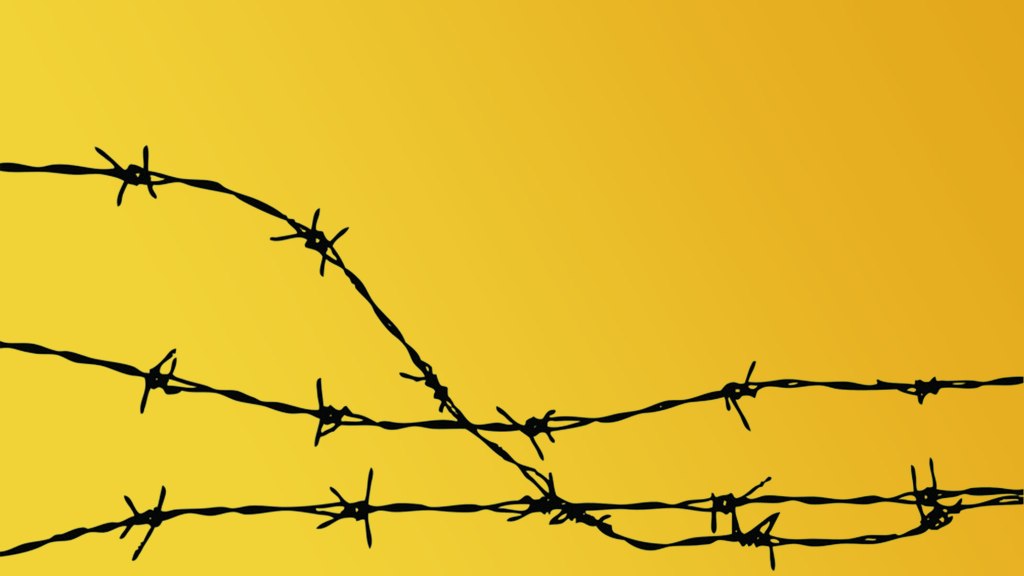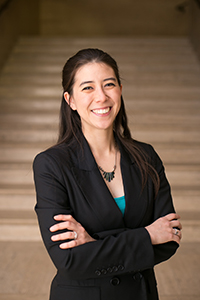
Mika Kennedy
Mika Kennedy is Assistant Professor of Asian American Studies at Ithaca College on the lands of the Gayogo̱hó꞉nǫɁ peoples, also known as central New York. She writes and teaches at the intersections of Asian American and Indigenous Studies, with an emphasis on literary and cultural productions. The working title of her current book project is Crossed Wires: Japanese American Incarceration and the Environmental Frontier.
“There are cowboys in incarceration camps, and Abraham Lincoln is here, too.
There are sea turtles in central Utah...”
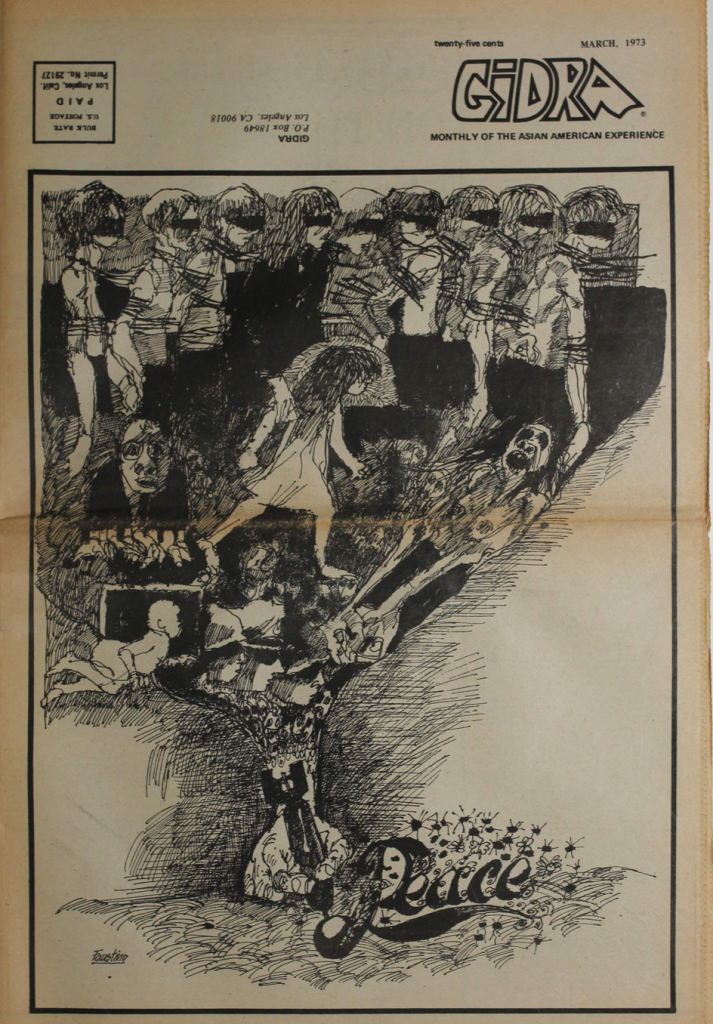
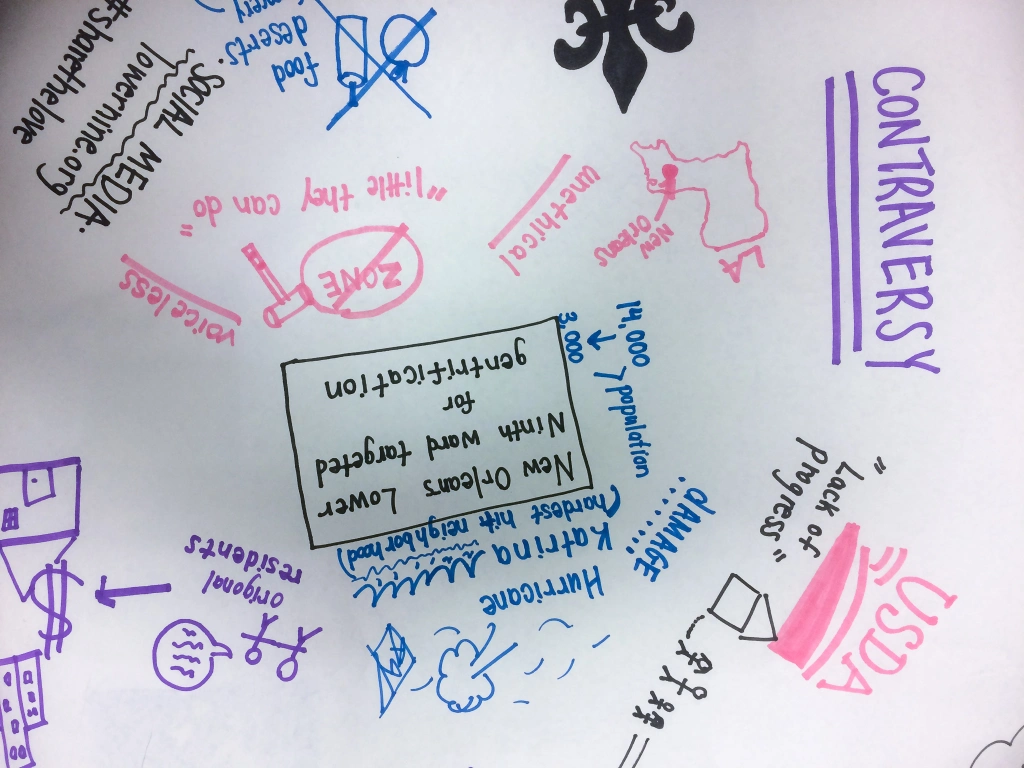
In my teaching, I push my students to imagine the many forms cultural objects might take—for instance, what new insights might we gain from a novel when we reimagine it as 3-D art? As a map? In turn, this approach allows my students to grapple with the ways that the relationship between form and content can be fundamental to unpacking a work’s larger thematic structures and social commentaries.
Teaching
ASIAN AMERICAN LITERATURE
ENVIRONMENTAL JUSTICE LITERATURE
CLIMATE JUSTICE
WRITING
As a scholar whose research slips fluidly from literary close reading to archival work in American Studies to ecocriticism and the environmental humanities, the courses I teach expose students to a diverse array of critical methodologies and cultural contexts. As a public humanist with a background in traditional museum work, grassroots exhibits, and digital humanities exhibitions, I am especially committed to incorporating public writing instruction into my courses, connecting students’ academic pursuits to their broader civic and cultural lives.
Research
BOOK PROJECT
Crossed Wires: Japanese American Incarceration and the Environmental Frontier
My current research focuses on the incarceration of Japanese Americans during World War II. From this historical vantage point, I examine the relationship between immigrant and Native populations in the United States as they are produced by relations to land and acts of environmental transformation. Through this examination, the carceral history of the United States comes to include the enclosure of the land itself. While barbed wire suffuses narratives of Japanese American incarceration, acting as a powerful signifier of contemporary warfare and the carceral state, barbed wire was originally developed as a tool for agriculture in the American West—and as a tool for settler colonial dispossession.
By framing the incarceration camp environments as palimpsestic sites of Western enclosure, I ask: How do the stakes of incarceration shift when it becomes not only an act of racial exclusion and war hysteria, but a story connected to the violent dispossessions and eliminations enacted by U.S. settler colonialism?
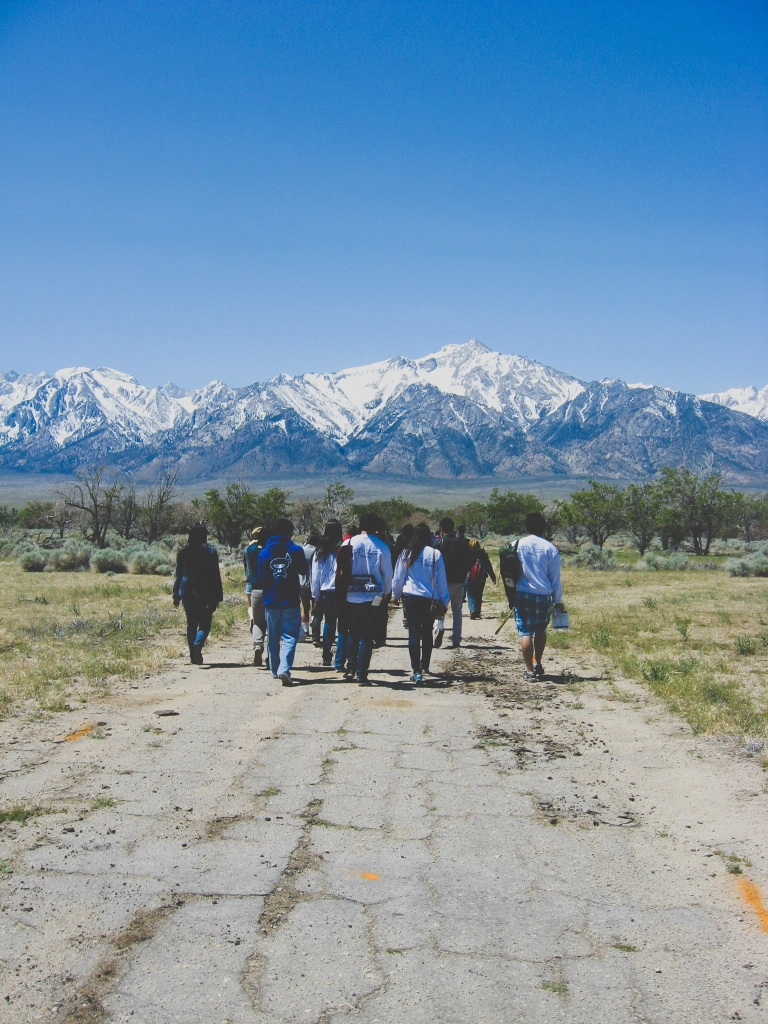
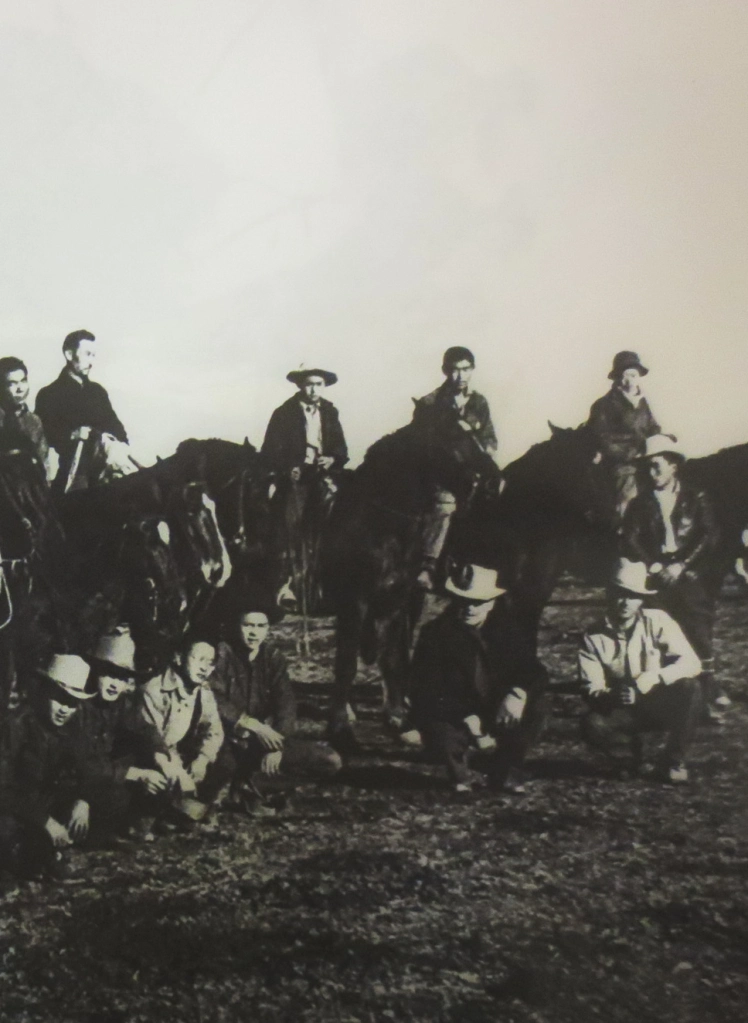
This photo, which is part of an album at the Great Basin Museum in Delta, Utah, depicts a number of Japanese American cowboys, who worked at the Bolan Ranch while incarcerated at Topaz during World War II.
Public Humanities
EXILED TO MOTOWN
An exhibit of Japanese American Community in Detroit
In partnership with the Japanese American Citizens League Detroit Chapter, I curated a travel exhibit of Japanese American history in Detroit, Exiled to Motown. This exhibit tells the story of Japanese Americans in Detroit, drawing on oral histories conducted by the Detroit Chapter as well as archival photographs and documents. From the Ford Motor Company to World War II, the murder of Vincent Chin and Japanese-Arab American solidarity in the wake of 9/11, Exiled to Motown sheds light on a little-known but critical piece of American history.

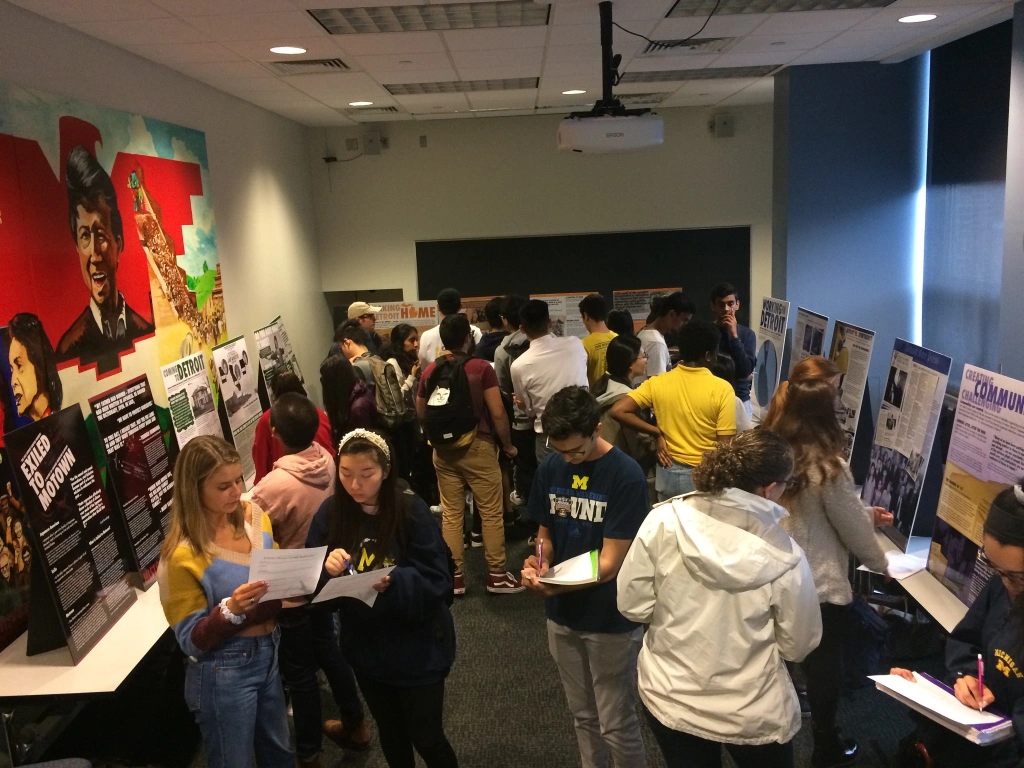
In Fall 2019, Exiled to Motown was privately exhibited at the University of Michigan as part of Dr. Ian Shin’s “Introduction to Asian American Studies” course. As of 2020, Exiled to Motown has also been shown at the Ann Arbor District and Novi Public Libraries in Michigan; at the Consulate General of Japan in Detroit; and at the 2019 Japanese American Citizens League National Convention in Salt Lake City, Utah. It will be shown as an expanded exhibit at the Detroit Historical Museum in summer 2021.
Community
The work I do is indebted to the communities I serve–scholarly, cultural, and local.
Last Updated April 2020
Association for the Study of Literature & the Environment
I am part of the ASLE Executive Committee as 2019-20 Graduate Student Liaison. I am also part of the Standing Committee on Activism, and have chaired multiple panels during our biennial convention, and was a volunteer coordinator for the 2017 ASLE Conference in Detroit. What is ASLE?
The Border Collective
From 2014-2019, I co-coordinated The Border Collective, an interdisciplinary workshop that organized reading groups and speaker series invested in border cultures and politics. In 2016, we hosted a two-day environmental justice symposium. Visit 2016 Symposium Website.
Japanese American Citizens League
I’m a Board Member of the JACL Detroit Chapter, serve on the JACL National Legacy Fund Grant Committee, and develop programming related to Japanese American history and culture, as well as civil rights and social justice. Learn more about JACL Detroit.
Antiracist Pedagogy
I am committed to developing and practicing an anti-racist pedagogy. Most recently, I was part of a Race and Ethnicity Learning Community through the University of Michigan’s Center for Research on Teaching and Learning. What is the Race and Ethnicity requirement?
